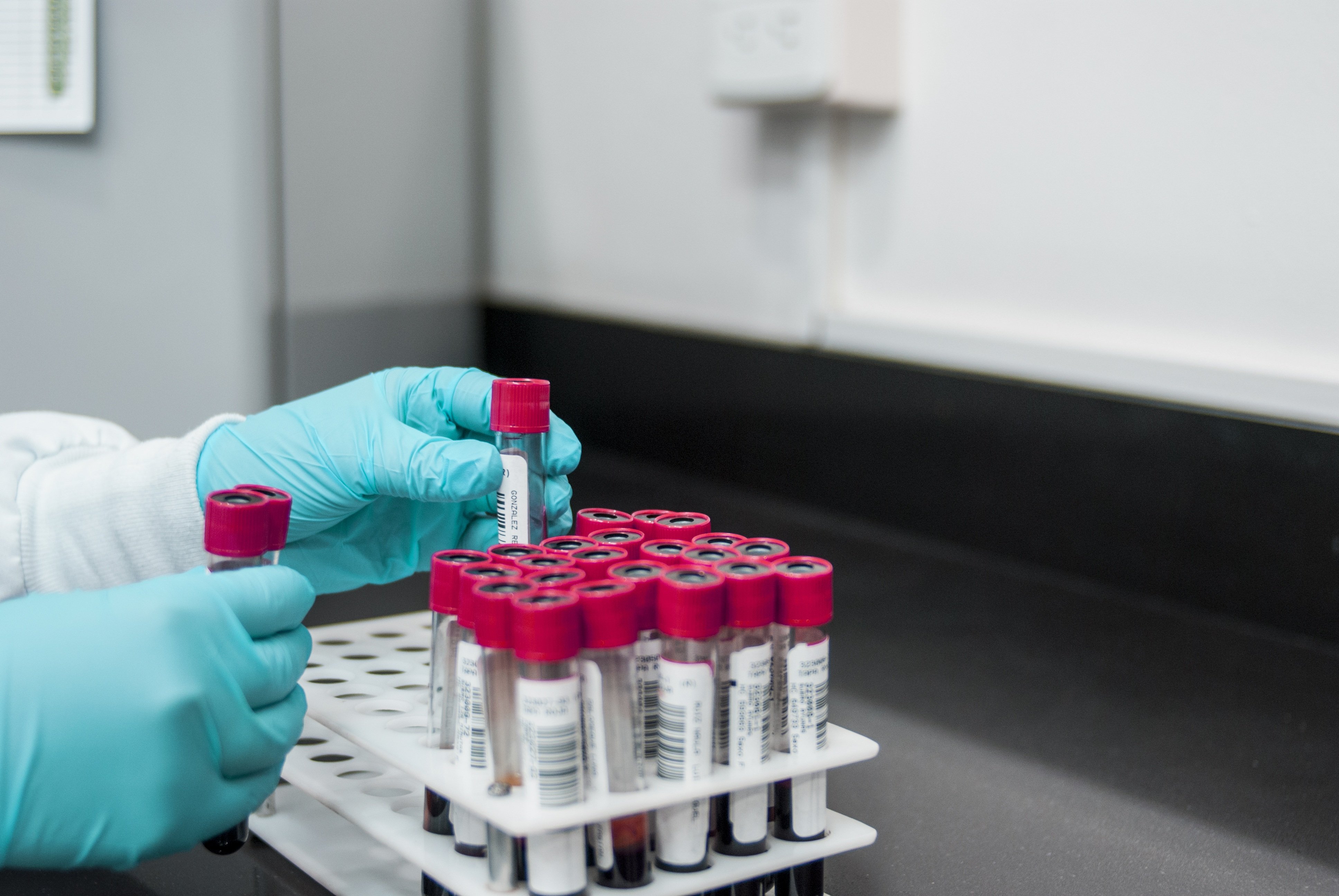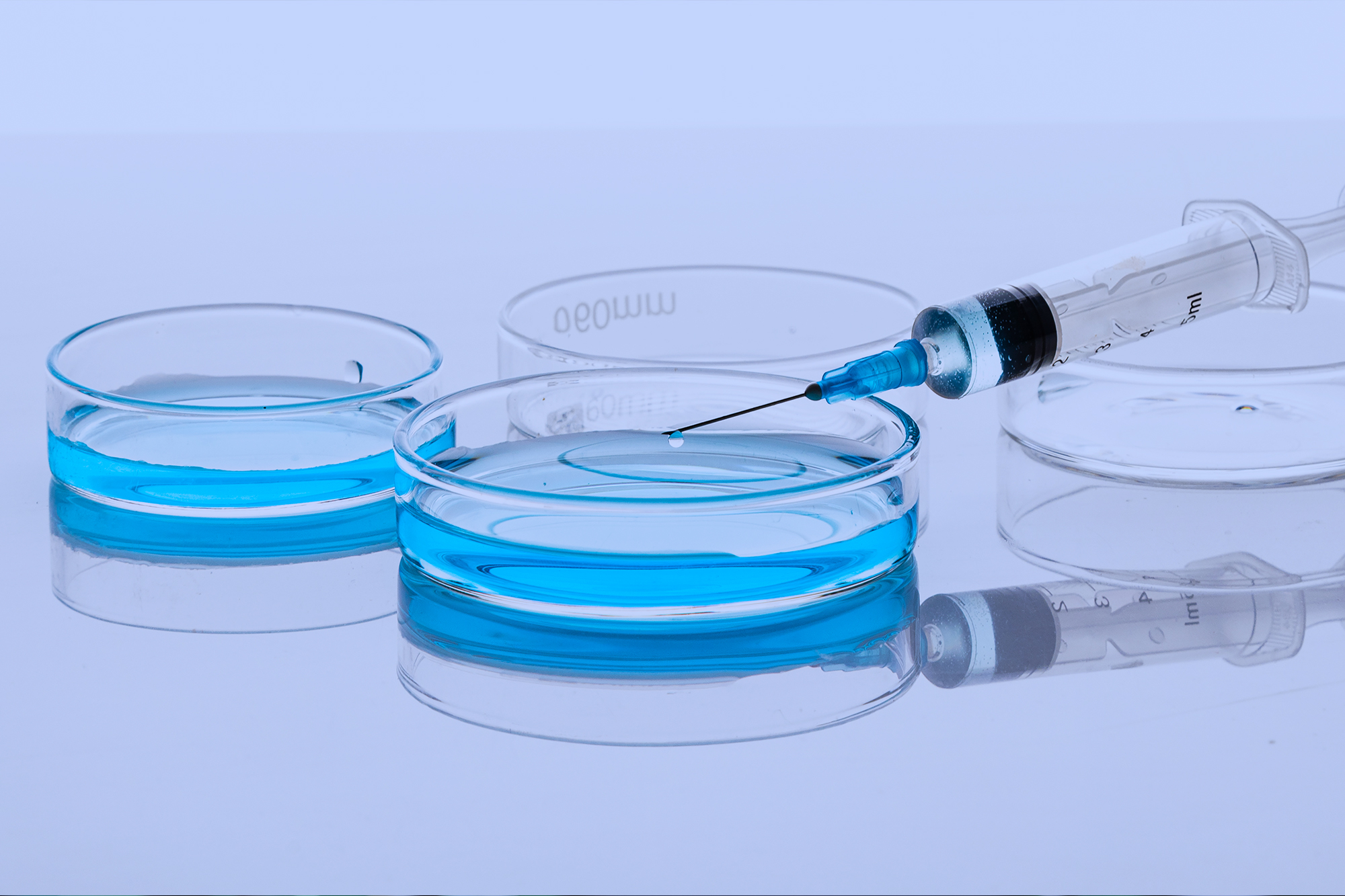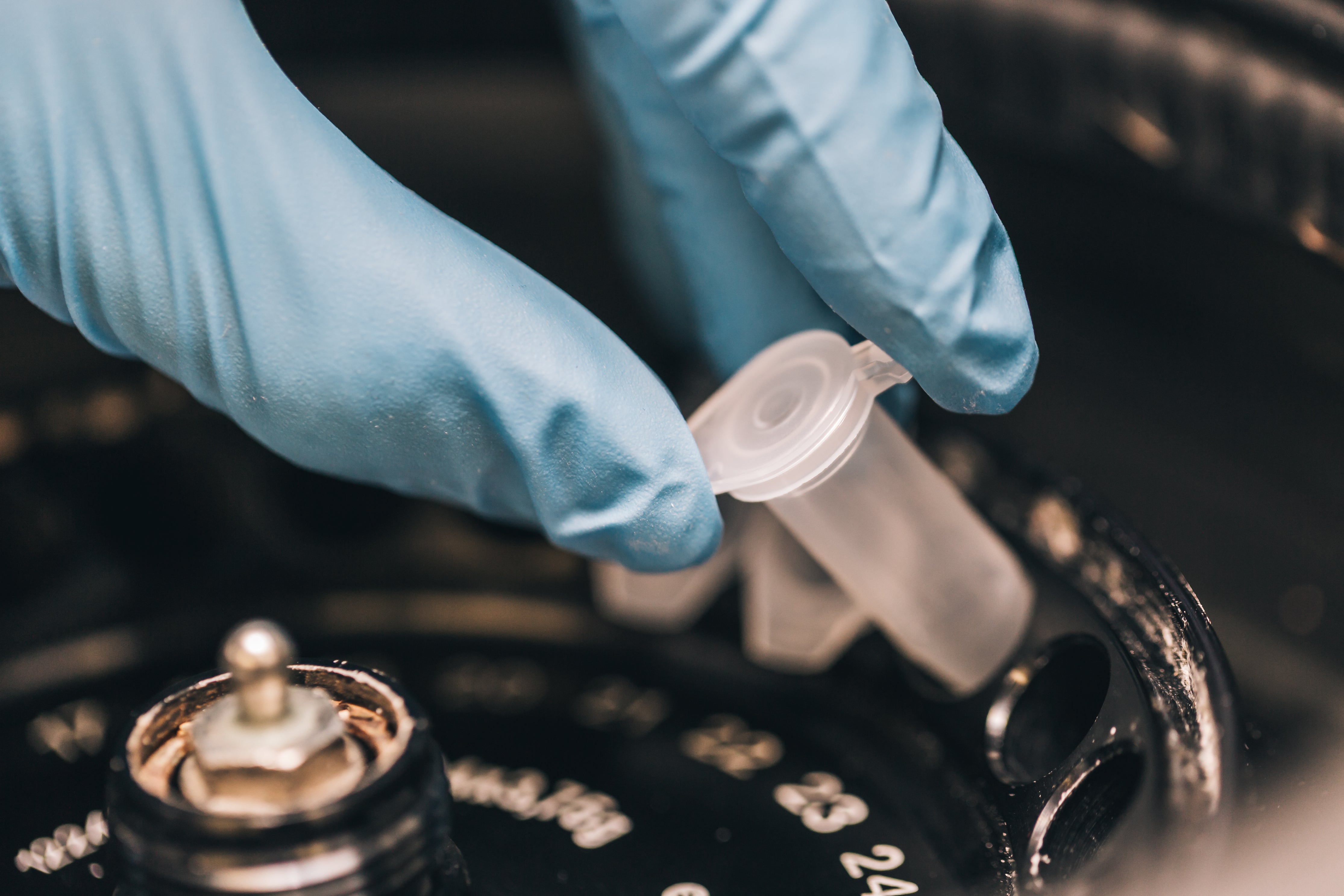Centrifuge: A Buying Guide
The Meaning of Centrifuge
A centrifuge is an lab apparatus that utilizes centrifugal force, generated by high-speed rotation, to separate substances of different densities within a suspension or an emulsion.

Step 1: Define Your Experimental Needs
Before selecting a centrifuge, identify the type of experiments and the expected workload. If your work requires a specialized application, choose Specialized Centrifuge. Otherwise, a versatile General-Purpose Centrifuge is often the best option.
A specialized centrifuge is designed and optimized for specific experimental workflows. These models often feature unique configurations in speed, capacity, rotor type, accessories, or control systems to ensure the highest efficiency and safety for targeted applications.
A general-purpose centrifuge offers broad flexibility. By switching between different rotors and adapters, it can handle a wide range of sample volumes and container types, making it ideal for laboratories that require one instrument to cover multiple routine applications.
Common Application Scenarios

Blood separation

Cell preparation

DNA/RNA extraction

Protein precipitation

Crude Oil Moisture Testing

Food component separation
Specialized Centrifuges
We provide a range of specialized centrifuges, including large-capacity centrifuges, microcentrifuges, and models designed for specific experimental applications.
Large-Capacity Centrifuge
Microcentrifuges
Blood Centrifuges
Others
Large-Capacity
Microcentrifuges
Blood Centrifuges
Others
To choose a General-Purpose Centrifuge, you need to determine the required speed range and whether a refrigeration function is necessary.
High-speed & Low-speed Centrifuge
| Comparison Item | High-speed Centrifuge | Low-speed Centrifuge |
| Speed Range | Typically 10,000 ~ 30,000 rpm | Usually < 10,000 rpm, most commonly 3,000 ~ 8,000 rpm |
| Relative Centrifugal Force (RCF) | 20,000–100,000 × g | ≤ 20,000 × g |
| Applicable Samples | Proteins, nucleic acids, viruses, subcellular organelles, small particles | Blood, cells, bacterial pellets, large suspended particles |
| Rotor Types | Swinging-bucket rotor, fixed-angle rotor, often with refrigeration | Mostly swinging-bucket rotors, sometimes fixed-angle rotors |
| Refrigeration Function | Most models equipped with refrigeration (4 °C constant temperature) to prevent sample degradation | Generally without refrigeration |
| Application Fields | Molecular biology, protein purification, DNA/RNA extraction, virology, nanomaterials research | Clinical laboratories (serum separation), routine cell pellets, industrial separation |
| Price & Maintenance | Relatively expensive, higher maintenance requirements | Lower cost, simple operation |
1.Protect heat-sensitive samples
Such as RNA and blood samples.
2. Eperimental consistency & accuracy
Different temperatures may significantly affect the experimental results.
3. Improve centrifuge performance
4. Preventing solvent evaporation
Centrifuge Accessories – Rotor Selection
Common Types of Rotors
| Rotor Type | Features | Advantages | Applications |
| Swinging-Bucket Rotor | Tubes are vertical at rest and swing out to horizontal during operation | Produces a flat, uniform separation interface; ideal for gradient centrifugation | Hematocrit determination, density gradient centrifugation, virus isolation |
| Fixed-Angle Rotor | Tubes held at a fixed angle (commonly 25°–40°) | Supports higher speeds; suitable for rapid pellet formation | Nucleic acid extraction, protein precipitation, particle separation |
| Vertical Rotor | Tubes placed parallel to the axis of rotation | Shortest sedimentation path; allows faster separations | Isopycnic gradient centrifugation (e.g., DNA, plasmid extraction) |
Key Considerations When Selecting Rotors
Always ensure that the rotor is fully compatible with the centrifuge in terms of speed, capacity, temperature control, and interface design.
Speed & RCF Compatibility
Each rotor has a rated maximum speed (rpm) and relative centrifugal force (RCF). The centrifuge must be able to operate the rotor safely within this range; otherwise, rotor damage or hazardous accidents may occur.
Capacity & Tube Compatibility
The bore size and structure of the rotor determine which tubes or bottles can be used. If the tubes are not directly compatible, manufacturer-provided adapters must be used.
Refrigerated vs. Non-Refrigerated Compatibility
Rotors for refrigerated centrifuges must withstand low temperatures (e.g., –20 °C or –40 °C). Standard metal rotors may not be suitable for long-term operation under freezing conditions.
Interface Matching
Common interfaces include threaded, snap-on, and tapered designs. The rotor interface must match precisely with the centrifuge model—different rotor and host combinations should not be mixed.




















































